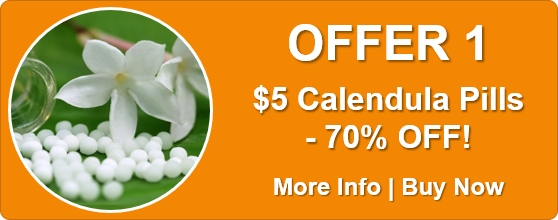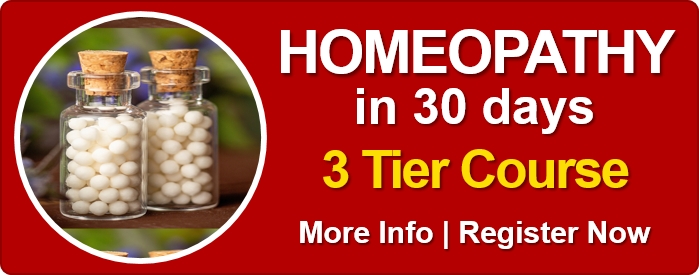Know Your Remedies: Plumbum Metallicum (Plb.)
 Common Names: Lead; Plb.
Common Names: Lead; Plb.
Remedy Source
Plumbum Metallicum (Plb.) is a homeopathic remedy prepared from lead, a heavy, bluish-gray, soft malleable metal. Crude lead is a neurotoxin that accumulates in the bones and soft tissues, causing neurological disorders, brain damage, and behavioural problems. It is safe to use in homeopathic potencies.
What Is Plumbum Metallicum (Plb.) Used For?
Plumbum Metallicum (Plb.) is a remedy for ‘slow’ rather than rapid, intense symptoms. Complaints develop gradually over many years. Neurological problems such as multiple sclerosis, Parkinson’s disease, mental deterioration, arteriosclerosis (hardening if the arteries) and cerebrovascular accidents (strokes) fall within this remedy’s sphere of action. The person feels chilly and is sensitive to the cold. They may experience drawing, contracting pains, or lightening-like colicky pains that radiate across the body. A ‘pulling back’ sensation or retraction of eyes, stomach, navel, anus or testes may occur. Symptoms improve with rubbing, warmth, bending double, or hard pressure. The person may also have deep furrows or jowl lines on the face and crave fried food.
Mental-Emotional
- Sadness, melancholic.
- Poor memory and apathy.
- May try to relieve apathy and sadness with ‘forbidden thrills’.
- Fixed ideas.
Gastrointestinal
- Colic.
- Colic relieved by bending backwards.
- Pulling or drawing in sensation of abdomen, especially at the umbilicus.
- Bowel obstruction or intussusception (‘telescoping’ of the bowel’).
Musculoskeletal
- Contraction of tendons.
- Tendons of palm contracted and thickened (Dupuytren’s contracture)
- Foot-drop. Wrist-drop.
- Tremors, spasms, twitching.
- Progressive paralysis with emaciation of paralysed limbs.
Skin
- Increased sensitivity, especially in paralysed areas.
Where Do I Find Plumbum Metallicum (Plb.)?
Plumbum Metallicum (Plb.) is available from our online store as a single remedy in either pills or liquid.
Home Treatment Guidelines
Acute, Self-Limiting Conditions
Conditions like colds or minor injuries, which are short-term and typically improve on their own, can be managed at home with homeopathy. However, in emergencies or if symptoms worsen, contact your healthcare provider.
Chronic Conditions
These home treatment instructions do not apply for ongoing issues, whether mentioned above or not, like persistent allergies or chronic pain. You should consult a qualified homeopath for a personalized treatment plan to achieve the best results with homeopathy for chronic conditions.
How to Take the Remedy for Acute Conditions
- Take one pill or five drops of the remedy. The frequency depends on symptom severity. As examples:
- For life-threatening symptoms, take every 1 minute and seek emergency help immediately.
- For mild symptoms, take every 4 hours.
- Stop taking the remedy once you feel better. Resume if symptoms return.
- If no improvement after four doses, choose a different remedy or consult a professional homeopath.
- For more details on dosing, refer to: How Often to Dose with a 30C Homeopathic remedy.
- For information on the different potencies, read: Guidelines on which potency to use
Additional Notes From Past Masters
Homeopathy is a 200-year-old system of medicine. Early homeopaths recorded detailed notes on how remedies worked, including initial tests, remedy relationships, and their experiences. These writings were shared to improve homeopathic practice and now offer fascinating insights into past uses of homeopathy. Here’s an example, edited and modernised for clarity, from Leaders In Homoeopathic Therapeutics (1898) by E. B. NASH M.D.:
Leaders In Homoeopathic Therapeutics by E. B. NASH M.D.
Plumbum Metallicum (Plb.) – Keynotes
- Abdomen retracted toward the spine, as if drawn in by a string; both objective and subjective.
- Distinct blue line along margin of the gums.
- “Wrist-drop” paralysis of the extensor muscles.
Plumbum Metallicum (Plb.) – General Notes
Notwithstanding the very extensive provings, this remedy has not been so useful as it would seem it should be. One symptom has proved to be very characteristic and has led to its successful administration in different diseases, viz.: “Abdomen retracted to the spine as if drown in by a string.” In this symptom there is both, or either, actual retraction and sensation of retraction in the abdomen. Excessive pain in abdomen radiating to all parts of the body (Dioscorea). It is found mostly in colic, but may be found in uterine troubles, such as menorrhagia, etc. Also in constipation. H. N. Guernsey claimed great powers for it in jaundice; whites of eyes, skin, stool and urine all are very yellow, and I have prescribed it with success. Its power to produce paralysis is well known, and it is owing to this power that lead colic is induced, which is one of the most distressing and dangerous of diseases. I cured one case of post diphtheritic paralysis with it. It was a very severe case in a middle-aged man. His lower limbs were entirely paralyzed, and there was at the same time a symptom which I never met before, nor have I since, in such a case, viz., excessive hyperæsthesia of the skin. He could not bear to be touched anywhere, it hurt him so. After much hunting I found this hyperæsthesia perfectly pictured in Allen’s Encyclopædia, and that, taken together with the paralysis, seemed to be good reason for prescribing Plumbum, which I did in one dose of Fincke’s 40m. with the result of bringing about rapid and continuous improvement until a perfect cure was reached. He took only the one dose, for a repetition was not necessary. The father-in-law of Dr. T. L. Brown, over seventy years of age, was attacked with a severe pain in the abdomen. Finally, a large, hard swelling developed in the ileocæcal region very sensitive to contact or to the least motion. It began to assume a bluish color, and on account of his age and extreme weakness it was thought that he must die. His daughter, however, studied up the case, and found in Raue’s Pathology the indications for Plumbum as given in therapeutic hints for typhitis. It was administered in the 200th potency, which was followed by relief and perfect recovery. Plumbum has excessive and rapid emaciation; general or partial paralysis; “wrist drop.” Distinct blue line along margin of gums. Leaders In Homoeopathic Therapeutics by E. B. NASH M.D.







